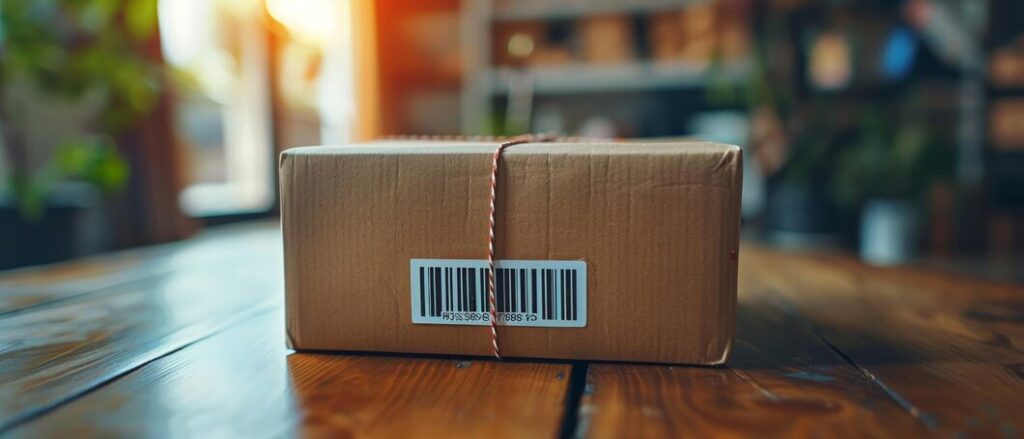In the vast and complex world of logistics and warehousing, Amazon has consistently set the benchmark for efficiency and innovation. One of the key elements that have contributed to Amazon’s success in managing its massive inventory is the use of License Plate Numbers (LPNs). This article delves into the concept of Amazon LPN, exploring their significance, functionality, and impact on Amazon’s fulfillment network.
What is an Amazon LPN?
Amazon’s License Plate Number (LPN) is a unique identifier assigned to specific units or items within Amazon’s fulfillment centers. Much like a traditional license plate on a vehicle, an LPN provides a unique, digital label to each unit or item, enabling precise tracking and management throughout the fulfillment process. This system is integral to maintaining the efficiency and accuracy of Amazon’s extensive warehousing operations.
The Evolution of Order Tracking
To understand the significance of LPNs, it’s essential to appreciate the evolution of order tracking in logistics. Traditional methods relied heavily on manual processes and barcoding, which, while effective, often encountered limitations in terms of speed and accuracy. With the advent of digital technology and automation, these traditional methods have been supplemented and, in many cases, replaced by more advanced systems. The introduction of LPNs represents a significant leap forward in this evolution.
How LPNs Work
The LPN system is built upon a foundation of sophisticated technology and processes. Here’s a breakdown of how LPNs function:
Assignment of LPNs: When items arrive at Amazon’s fulfillment centers, they are assigned a unique LPN. This number is linked to a digital record containing information about the item, including its location, quantity, and status.
Integration with Warehouse Management Systems (WMS): The LPNs are integrated into Amazon’s Warehouse Management Systems, which oversee inventory management, order fulfillment, and logistics operations. This integration allows for real-time updates and tracking of items as they move through the warehouse.
Scanning and Tracking: Throughout the fulfillment process, the LPNs are scanned using RFID or barcode technology. Each scan updates the item’s status and location in the WMS, providing accurate, real-time information on its movement.
Handling and Sorting: LPNs play a crucial role in the handling and sorting of items. Automated systems use LPN data to route items to the correct locations, ensuring efficient storage and retrieval.
Order Fulfillment: When an order is placed, the LPNs associated with the ordered items are used to pick and pack the products. This process ensures that the correct items are selected and shipped to the customer.
Benefits of Using LPNs
The implementation of LPNs offers numerous benefits to Amazon’s fulfillment operations:
Enhanced Accuracy: By providing a unique identifier for each item, LPNs significantly reduce the chances of errors in order picking and inventory management.
Improved Efficiency: The automation of tracking and sorting processes leads to faster handling times and more efficient use of warehouse space.
Real-Time Tracking: LPNs enable real-time tracking of items, allowing for more accurate updates on order status and inventory levels.
Reduced Manual Labor: With automated scanning and tracking, the need for manual intervention is minimized, leading to fewer human errors and lower labor costs.
Better Inventory Management: LPNs provide detailed information about inventory levels and item locations, allowing for more effective management and replenishment of stock.
Challenges and Solutions
Despite their numerous advantages, the use of LPNs is not without challenges:
System Integration: Integrating LPNs with existing warehouse management systems can be complex and require significant upfront investment.
Training Requirements: Staff must be trained to use the new technology and understand the LPN system, which can take time and resources.
Data Security: Ensuring the security of digital records associated with LPNs is crucial to prevent data breaches and unauthorized access.
To address these challenges, Amazon has invested heavily in system integration, staff training, and data security measures. The company continually refines its technology and processes to overcome obstacles and maximize the benefits of the Amazon LPN system.
The Future of LPNs in Fulfillment Centers
Looking ahead, the role of Amazon LPN in Amazon’s fulfillment centers is expected to continue evolving. Advances in technology, such as improved RFID and barcode systems, are likely to enhance the functionality and efficiency of LPNs. Additionally, the integration of artificial intelligence and machine learning could further streamline tracking and management processes, making fulfillment operations even more efficient.
Conclusion
Amazon’s License Plate Number (LPN) system represents a significant advancement in the field of logistics and warehousing. By providing a unique digital identifier for each item, LPNs enhance accuracy, efficiency, and real-time tracking capabilities. While challenges remain, Amazon’s commitment to innovation and continuous improvement ensures that LPNs will continue to play a vital role in the company’s fulfillment operations. As technology evolves, the LPN system is poised to become even more integral to the success of Amazon’s vast and complex network of fulfillment centers.







